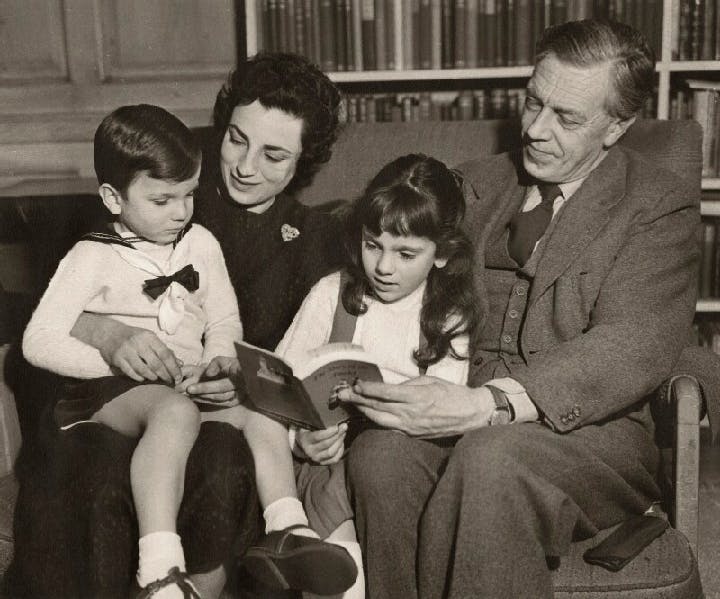Fall 2007
Waiting for Cecil: A Widow's Tale
– The Wilson Quarterly
A biographer of the late poet Cecil Day-Lewis turned to an unlikely source for insight into his indiscretions: the poet's widow.
Some biographers prefer that their work be grounded in the written record, untouched by the memories and myths of family and intimate friends. Most to be shunned, perhaps, is the devoted wife. “The figure of the literary widow, guarding the great man’s work and tending the flame of his reputation, is a familiar one,” notes Peter Stanford, a journalist and the author of numerous books.
But Stanford took the opposite tack. To write his authorized biography of lionized poet Cecil Day-Lewis (1904–72), he relied heavily upon the actress Jill Balcon, Day-Lewis’s second wife, with whom he had two children (food writer Tamasin and Academy Award–winning actor Daniel). Balcon had been the first reader of much of Day-Lewis’s work and, since his death, has edited several editions of his poetry.
But she also carried old hurts. Day-Lewis had a wandering eye that led him to pursue several extramarital affairs during their more than 20 years of marriage. And Balcon resented the central role the novelist Rosamond Lehmann still occupies in discussions of the poet. (Lehmann and Day-Lewis were lovers for the decade before he met Balcon.)
Balcon was leery, with reason, of helping Stanford to write a book. Indeed, her late husband wrote a gently satirical poem, “The Widow Interviewed” (1965), about a woman who fetishizes her attachment to “The Poet.” After overcoming reservations, however, Balcon proved a game and valuable source, Stanford says. They hit upon a formula to determine what was off limits for treatment in the book, C. Day-Lewis: A Life, published earlier this year. If it was in Day-Lewis’s frequently autobiographical poems, detective novels, or several works of prose—even as subtext—it was fair to discuss.
Stanford has always been in the camp of biographers who believe it’s necessary to like their subjects in order to write about them. And he did grow to admire the charismatic Day-Lewis for his idealism, “his refusal to accept easy answers in his struggles between duty and love,” and “his consistent commitment to public service.” But the biographer’s close cooperation with Balcon also led him to observe the wounds that Day-Lewis’s infidelity and sometimes cruel treatment of her had inflicted.
“I felt guilty for putting her through it, but it was necessary and invaluable for the biography for it highlighted the greatest contradiction in Day-Lewis’s character,” he writes. “One part of him craved domesticity and the exclusive love of a woman who was in many ways his soul mate. Yet another part of him remained forever dissatisfied.”
Stanford concludes that his book benefited tremendously from his collaboration with Balcon, and that she managed to avoid the pitfall to which literary widows can fall prey: forcing biographers to “draw a veil” over their husband’s betrayals, sometimes punishing uncooperative writers by refusing them permission to quote a single line of the subject’s work. Many biographies have been crippled by such restrictions. “Contrary to the popular stereotype . . . , this book was for her, I came to appreciate, an act of unlocking and sharing a memory that she has held so very close to her for so long.”
* * *
The Source: "The Literary Wife: Working With the Widow" by Peter Stanford, in The Independent, May 20, 2007.
Photo courtesy of Mark Gerson/National Portrait Gallery, London
